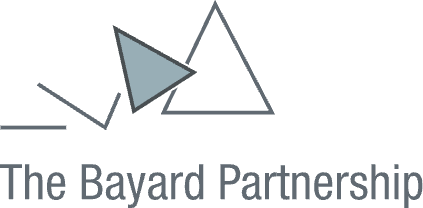So, what is your Distrans?
Years ago, a well-respected and rich entrepreneur showed me around his new factory. In a back room a dozen people were analyzing customer requirements, doing complex calculations, and writing contracts.
“Do you see these engineers?” the company owner giggled. “They write more in one day than I have written in my whole life! They are more interested in their paperwork than in what we are making in this company.”
I have had similar experiences in other companies: a large furniture enterprise, a meat-processing company, an industrial bakery chain …. The owners all wanted me to first know and understand their Core Product before I was allowed to drive changes in their company. I cannot tell them wrong. I have seen people taking wrong decisions because they did not understand the relationship between their decisions and the Core Product or Core Values of their company.
Today, I call this Distrans, which is defined as follows.
Distrans is the number of resource layers from a specific resource to the Core Product of an organization.
You can consider the Core Product as being the reason of existence of your organization. It is what your organization (or department) makes its money with. It can be something touchable, it can be a service, or it can be the Core Values of your organization. A resource can be a person that you manage, it can be your email client if that is how you communicate with people, or it can be someone’s report that you are reviewing. A resource can be anything, as long as it is a layer that separates you from the Core Product.
As an example, consider the industrial bakeries that I mentioned earlier. The Core Product of the bakery is bread, so the Distrans of the bread equals zero. The bakers and sales clerks have a Distrans of one, since they are in direct contact with the bread. We are talking about a group of bakeries, and each shop has a Shop Manager. They have Distrans two, since the sales clerks and bakers are in between them and the Bread. The Shop Managers of different shops in the country send out sales reports (Distrans three) to a District Manager, who inherently has a Distrans of four.
Now, do you think that this District Manager is still psychologically connected with the bread? Her products are the sales reports, Human Resource numbers, sales margins …. She may make decisions that seem to improve her products, but not the Core Product. The District Manager could e.g. decide to buy cheaper flour to increase the quarterly profit, but will that be a good decision the long term? You can easily think of higher Distrans levels by adding ERP software, the programmer of that software, software Quality Control … The higher the Distrans, the more a person gets disconnected from the real Business.
My empirical rule of thumb is the following.
- The higher your Distrans, the higher your relative cost to the organization.
- The higher your Distrans, the lower your added value to the organization.
